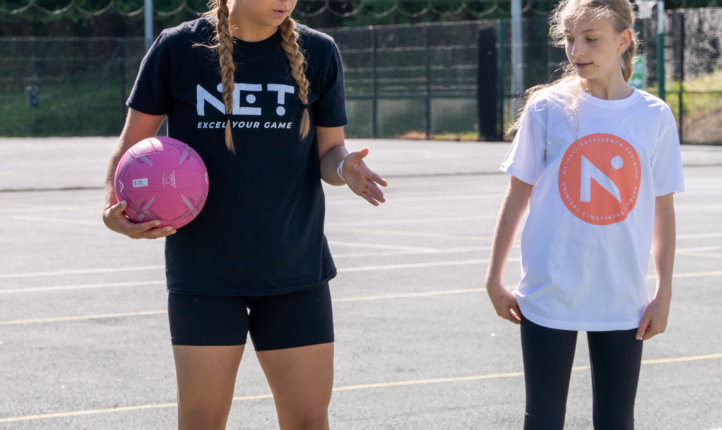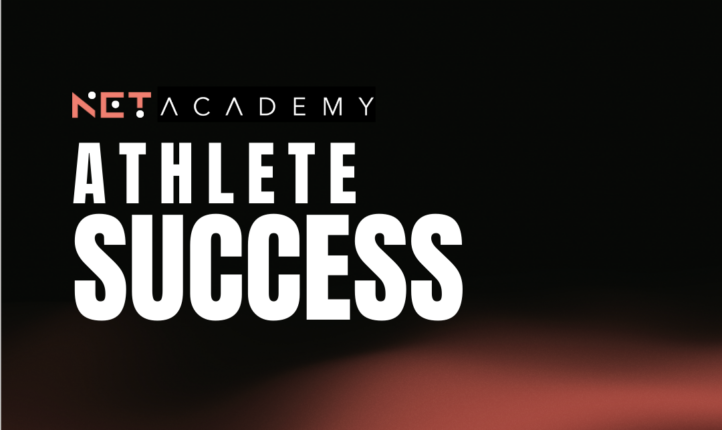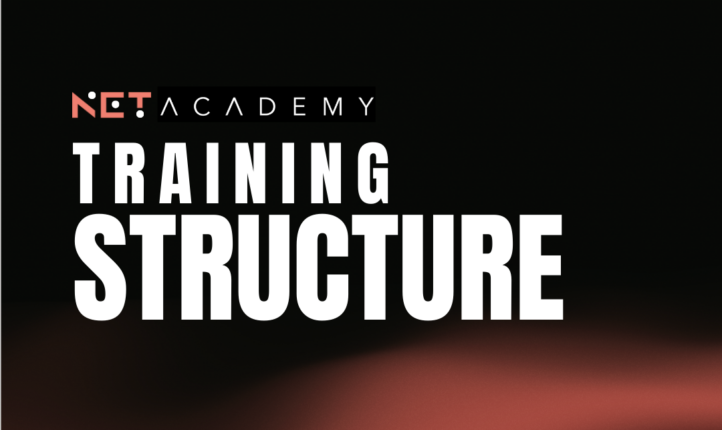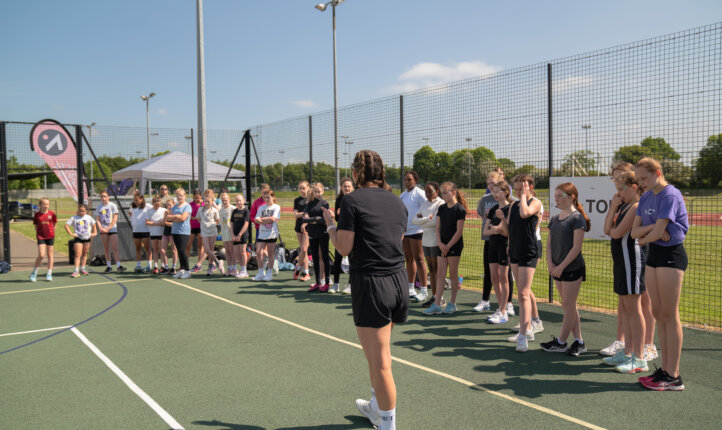September 1, 2021
How Hard Should you be Training?
“It’s important that drills and practices are completed at match intensity to make them as close to the real game as possible”
Do you find competitive matches more exhausting than court sessions or gym sessions? Why are they so much harder? Chances are, if you’re not feeling like the same sweaty, immovable mess after a training session as you do after a game, you’re probably not training hard enough.
So how do you know that you are hitting the right training intensity?
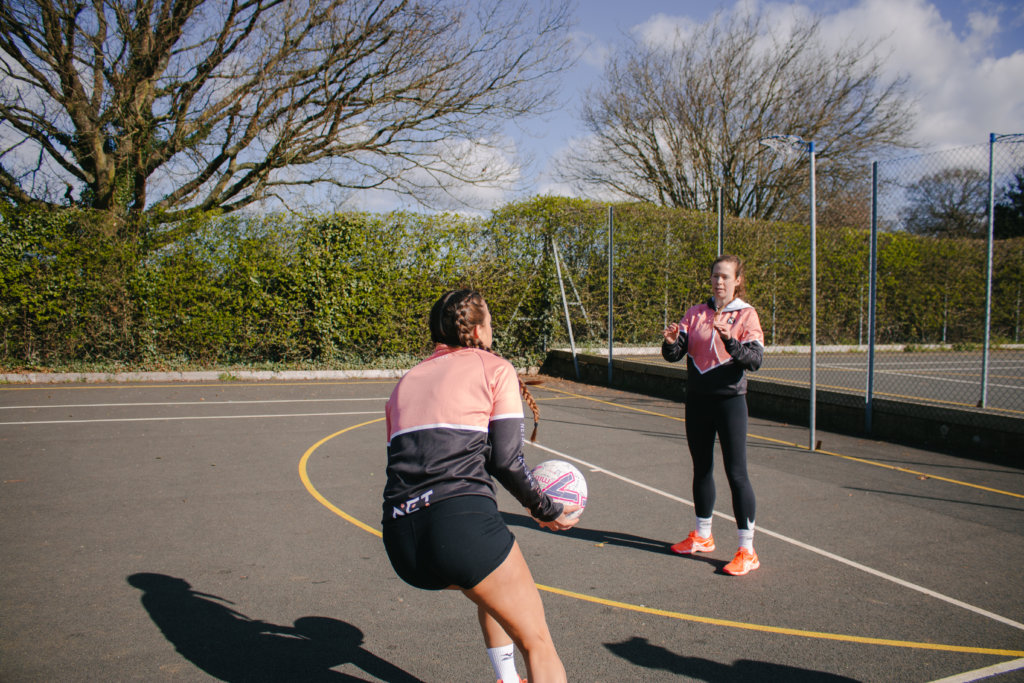
When it comes to court sessions, meaning specific netball training on court, I always like to use the phrase ‘match speed’ to let athletes know how hard they should expect to work. This means that I want players to work at the highest intensity possible – like they would in matchplay.
It is important that drills and practices in your training sessions are completed at match intensity as you want the exercises you are practicing to be as close the the real thing as possible. If you train at a steady pace, chances are you are not replicating the pressures of the game and therefore will not be able to complete the skill in a game as you are not used to performing it at either a high speed or a high level of fatigue.
So when should you be playing at ‘match speed’? It would be silly to suggest that you should be playing at match intensity 100% of the time, because over a 2 hour training sessions, that’s a lot of high intensity work. Instead take time to practice footwork and movement patterns, skills and drills at a steady pace. This will help you to understand the drill and begin to think about how to vary movements to suit match situations, then complete the same drills at match speed 3-5 times. This will allow you to put your skills into action at a fast pace and with fatigue to help you to improve your performance.
What about in the gym?
In a gym environment, it is good to think about your Rate of Perceived Exhaustion of RPE to know how hard you are working.
This scale allows you to score an exercise between 1 and 10 to help you to explain to your trainers/coach how hard you are working.
Let’s look at a back squat with the barbell. If you were asked to score the weight on the bar on how heavy you found it, you might score a 1/2 for a bar that feels easy to squat without no real fatigue, whereas a really heavy bar which you can only squat once before exhausting might be a 9/10.
You can use this scale to help you to work out % of your 1RM too. If your programme says to Squat at 80% of your 1RM for 3 reps, then you want to be squatting a weight that feels like an 8/10. Generally, the lower the repetitions given to you in a programme, the heavier the weight and vice versa.
Have a look at these examples below to give you an idea:
| Exercise | Barbell Back Squat |
| Reps | RPE |
| 1 | 10/10 |
| 3 | 9/10 |
| 5 | 8/10 |
| 8 | 7/10 |
| 10 | 6/10 |
| 12 | 5/10 |
So next time you are training whether it be a court session or a gym session, think about your intensity and make sure you are working at the right intensity to improve your game. It’s easy to go through the motions when it comes to training, but you’ll only see results when you start to focus on training at the right intensity.
Want a programme to help you to improve both on and off the court? As well as our NET membership, we offer personalised S+C and netball specific programmes to help you excel your game. Available to both individuals and teams. Get in touch for more information.







